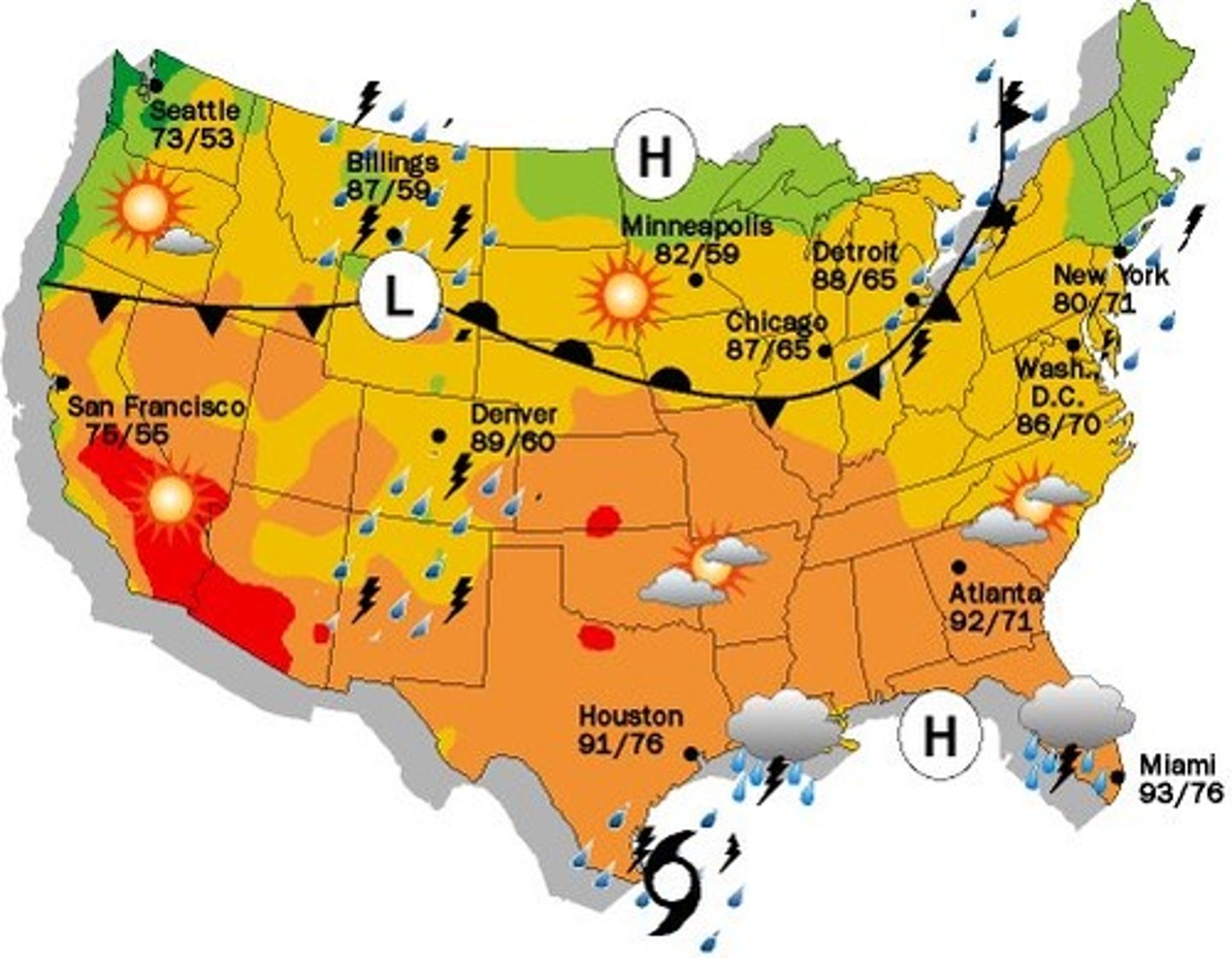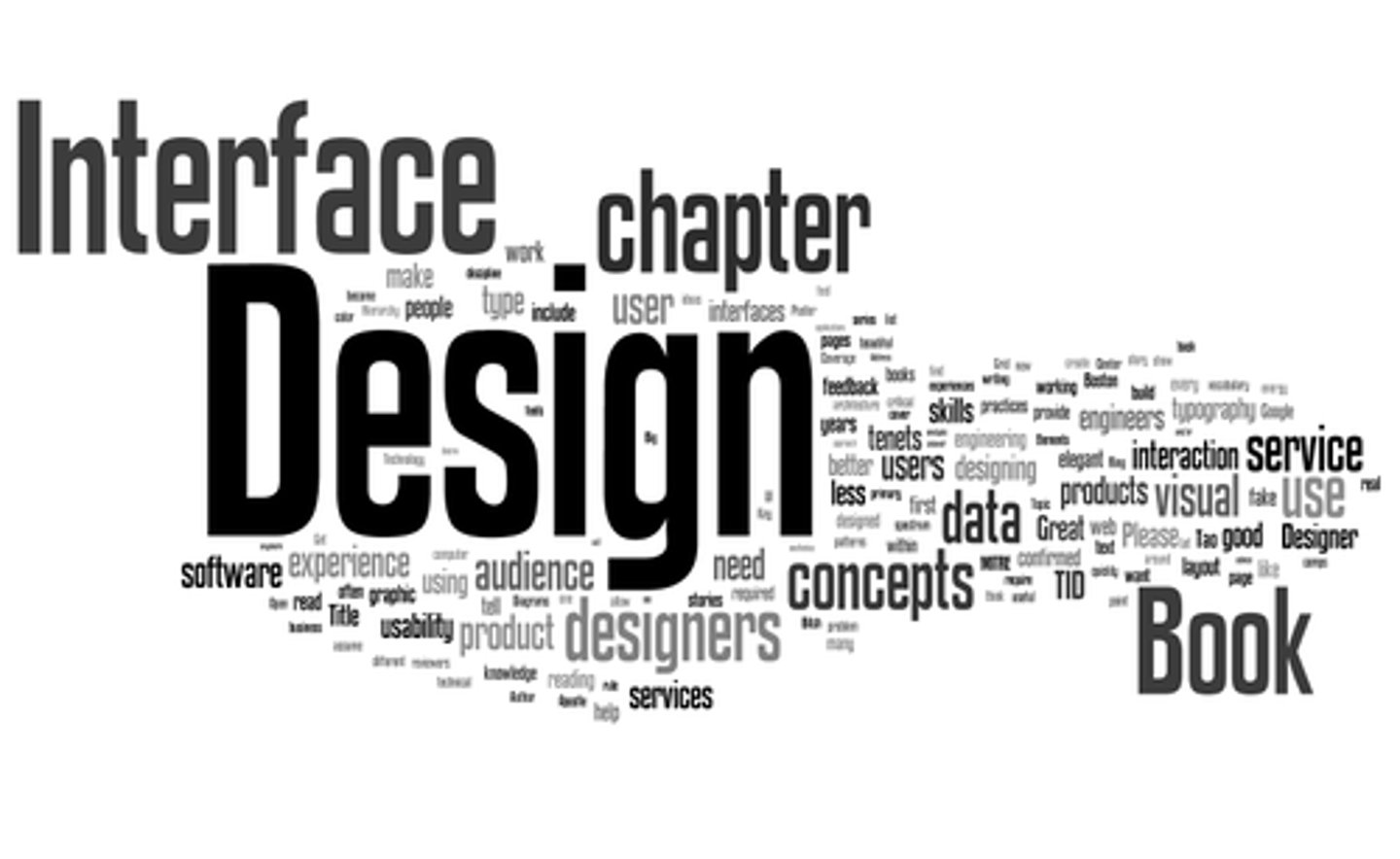IB Computer Science - Option B - Modelling & Simulation
1/46
There's no tags or description
Looks like no tags are added yet.
Name | Mastery | Learn | Test | Matching | Spaced |
|---|
No study sessions yet.
47 Terms
Modelling
The process of creating a computer model of a system to allow for recording of relevant data and processing the data based on accurate rules to produce useful output.
- Allows us to try and forecast information
Advantages of Spreadsheets for Mathematical Modelling
Mathematical models can easily be made using spreadsheet software which allows formulas to be created and copied for large amounts of data, allows values to be looked up from lookup tables and data to be recorded and updated without calculations having to be redone.
Simulation
A process of varying the inputs and/or rules of a mathematical model to observe the effects.
Visualisations
Graphical representations of the outputs of computer models or simulations. Whether 2D or 3D they can be beneficial in communicating complex data sets in a way that is easily and quickly understood by the audience e.g a large number of temperature and location measurements can be grouped and plotted on a map to be easily understood.
It is the process of taking a mathematical representation stored in memory and generating and image from it.

Limitations of Computer Models
Computer models are designed by humans and so are limited by the designer selecting the correct data. They are also limited by the computer resources such as memory secondary storage and processor time e.g. a model of global climate would require huge amounts of memory to store the many variables required.
- It is not possible to know all of the variables available
- Processing power and storage capacity are not limitless
- Models always involve assumptions
- Models only represent aspects which we are aware of, understand and can quantify.
- A model could have a bug leading to false results.
- Human - incompleteness, choice, assumption
Grouping for Collections of Data Items
Data in a model should be grouped to allow for clarity e.g. a model of atmospheric measurements taken around the world could be grouped by the date taken and organised on one row of a model. Grouping of data could also be used to find trends in data and see the correlations.
Test Case to Evaluate a Model
Used to identify if a model is functioning correctly. It specifies the inputs and expected outputs of a model. The actual outputs of the model are then compared with the expected outputs to identify any problems with the model.
Effectiveness of Test Case
- They need to test all possible inputs of a model, delete inputs and add inputs. (test for normal, extreme and erroneous data)
- Check the model fully, not partially.
Discuss the Correctness of a Model
The correctness of a model is how well the model reproduces actual data observed in the real world system. The more accurately outputs of the model reflect the actual observed phenomena, the more correct it is.
Abstraction for Modelling
The process of modelling involves creating abstractions of other systems that focus on and include the relevant details of a system such as inputs, outputs and rules but do not include every detail about the system.
Rules that Process Data
- mathematical formulae
- pseudocode
- algorithms
- tables of inputs and output values
- detailed english description
Rules and Data Organisation and Representation
Difference between a Simulation and a Model
A model represents a real life system using mathematical formulas and algorithms while a simulation uses models to study the system by inserting different inputs and varying the rules and analysing the outputs.
Software and Hardware Needed for a Simulation
Depends so for example in a Flight Simulator:
Software required:
Image processing software, 3D rendering software
Hardware required:
Powerful CPU / Graphic Processing Unit, large amount of memory
Genetic Algorithms
A method for solving both constrained and unconstrained optimization problems based on a natural selection process that mimics biological evolution. The algorithm repeatedly modifies a population of individual solutions.
Advantages and Disadvantages of Simulations
Advantages:
dangerous situations can be simulated safely
expensive disasters can be simulated relatively cheaply
very rare occurrences can be simulated frequently
Disadvantages:
simulations may not be realistic enough for some purposes
Visualisation
Producing graphs or animations based on computer data, to help understand and analyse it.
Uses of 2D Visualisation
- Block diagram to visualise amounts of money by making sizes relative to the amount of money.
- MRI (2D visualisation)
- How often words appear in a text
- Used to represent data in a clearer and more easily understandable format.

Memory Needs of 2D Visualisation
As simple as static graphics, memory requirements are similar to a graphic image. Interactive 2D visualisations involve several images and code which would occupy more space.
3D Visualisation Uses
- Climate change modelling
- Modelling the dispersion of gases
- Traffic
- Human population
Wire Framing
Its a visual 3D object in Computer Graphics. Vertices and lines define the shape of the object.
Ray Tracing
Ray tracing is a technique for generating an image by tracing the path of light through pixels in an image plane and simulating the effects of its encounters with virtual objects.
Lighting
It plays an important role in how we perceive 3D objects. When rendering a 3D model the location, intensity and number of a light sources is modelled to calculate the brightness of each pixel in a rendered shape.
Key Frames
In animation and filmmaking, it is a drawing which defines the starting and ending points of any smooth transition.
Texture Mapping
Wrapping a texture map around a 3D object in order to make it appear more realistic
Structure of Neural networks
Input - the problem is inputed into the network. The value inputed is then multiplied with the weighting of the synapse.
Hidden - contains a function which processes the inputs using mathematical functions in order to come up with an output.
Output - the output of the problem. The user then needs to state whether the output is good or bad in order to train it to get the best possible answer.

Speech Recognition
The process of turning digitised audio of spoken words into text.
Optical Character Recognition (OCR)
Optical character recognition (also optical character reader, OCR) is the mechanical or electronic conversion of images of typed, handwritten or printed text into machine-encoded text. This usually involves the use of unsupervised learning to recognise the characters.
Natural Language Processing
Natural language processing is a field of computer science, artificial intelligence, and computational linguistics concerned with the interactions between computers and human (natural) languages.
Supervised Learning
Type of machine learning in which the desired output is known. Therefore the output will be checked against the predetermined output and adjusted accordingly to analyse the next inputs better.
Unsupervised Learning
Type of machine learning in which their is no predetermined output. Seeks to identify unknown patterns within sets of data.
Key Structures of Natural Language
-noun
-verb
-syntax
-semantics
Noun
The object word in a sentence
Verb
The doing word in a sentence
Syntax
The rules which define how a language is structred
Semantics
The study of the meaning of language
Difference between Human and Machine Learning
People learn through experience that subjectively relates words to past experience to give words their meanings. This is cognitive learning.
Machine must be programmed with algorithms that can develop into solutions to problems e.g. genetic algorithms and neural networks. The vast amount of data now available via the world wide web allows machine learning algorithms to statistically analyse huge amounts of data to develop complex probabilistic models and suggest the most likely solutions.
Cognitive Learning
the acquisition of mental information, whether by observing events, by watching others, or through language
Heuristics
Allowing someone to discover something by their selves.
Probabilities
Some natural language processing software uses probabilities of the combinations of certain words to try process and interpret natural language sentences.
Evolution of Modern Machine Translators
Early machine translators would just translate individual words in a dictionary. Next they would analyse grammar and dependencies and now they are able to translate whole phrases using probabilities and computer learning to develop models of commonly used phrases.
Role of Chatbots
Chatbots are algorithms that are available for people to "chat" with online. The fact that they are open for anyone to "chat" to means the algorithms can be tested large numbers of times by large numbers of different people and collect large amounts of data of actual human natural language. This data can then be analysed to identify common structures and phrases in use in natural language.
Latest Advances in Natural Language Processing
Some latest advances in natural language processing are algorithms that can interpret and action spoken commands such as Apples Siri on its smartphones and tablets. NLP is also being used to "mine" social media texts to gather data on health finances and to identify sentiment and emotion toward products and services (to be used for marketing purposes).
Difficulties in Machine language Translation
Although words can be recognised they could have many meanings.
Natural language does have syntax (rules) but they are not strictly applied e.g. the same words can be nouns or verbs.
Words in the same language can have very different meanings based on location e.g. fanny, fag etc.
Evaluate the advantages and disadvantages to society of the rapid and sophisticated analysis of information on social networks.
Important developments and views get published quickly; Such as in dangerous situations (war, earthquake etc);
A lot of the information is very subjective or politically undesirable; Sources easily traced can lead people into dangerous situations...;
Overall international boundaries could be opened leading to a safer world; But it depends on who uses the information...;
Distinguish between the structures of natural language that can be learnt by robots and those that cannot.
A robot can be programmed to apply rules/syntax to natural language;
A robot can be programmed to recognise certain vocabulary;
A robot would not be able to work out repetition of the same word with different meanings;
Discuss the differences between human and machine learning in relation to natural language processing.
Human cognitive learning/complex thought process
include past experience of the ways in which words are used / ambient senses / context such as facial expressions when words are used etc;
Machine learning involves following preset rules combined with heuristics - building up experience over time and using probabilities to place words/phrases correctly.
These different approaches to learning make it difficult for machines to use/interpret language in the same way as humans;
Research into cognitive learning/human thinking could mean that (given time), machines could be taught natural language;